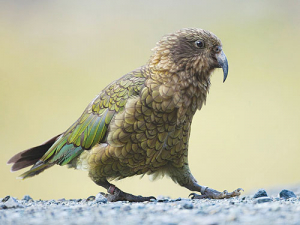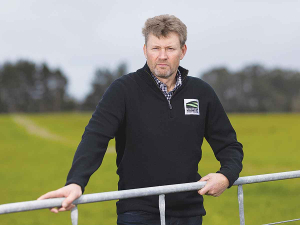Killing pests needs to be a must-do for all landowners, says DairyNZ chief executive Tim Mackle.
He says the damage to native wildlife by pests such as possums, stoats and rats is huge. Dairy farmers’ milk solids levy contributes $28.6 million annually towards killing possums, helping fund the TB-Free scheme.
NZ dairy companies are also contributing: $3m over two years in the Zero Invasive Predators research project.
Mackle said this after a new report by the parliamentary commissioner for the environment, Jan Wright, called for more action to save NZ’s native birds.
Mackle backed Wright’s comments that everyone “wants to see the restoration of abundant, resilient, and diverse birdlife on the New Zealand mainland”.
Declining native bird numbers is serious, DairyNZ says, acknowledging Wright’s recognition that dairy farmers’ work on their land is helping birds, notably by improving rural water quality by fencing waterways and by riparian planting.
Says Mackle, “the contribution of dairy farmers, alongside the wider agricultural sector, is recognised by the report”.
Farmers have placed 4000 covenants into the Queen Elizabeth II trust, fencing land and often planting native species, so creating habitats for native flora and fauna.
The Sustainable Dairy Water Accord year 3 report, released on May 15, says 26,197km of dairy farm waterways are now fenced.
“Farmers plant out the margin between the fencing and the water with native species such as manuka, flaxes and sedges, which help to further protect the waterway and surrounding habitat, encouraging native birdlife,” Mackle says.
Wright notes that fencing streams and planting vegetation on banks (riparian planting) is increasing. Regional councils, the dairy industry, and many individual farmers and community groups are doing this.
“As well as improving water quality, such riparian planting can create corridors for birds and other native wildlife, linking up fragmented patches of habitat.
“In Taranaki, for instance, planting along creek banks on the ring plain is creating corridors of vegetation that radiate out through farmland from the mountain to the sea. Since 1996, corridors with a total length of about 7500km have been established.
“But if birds are to live within and move along these corridors, they must be safe. To some extent, wildlife corridors will also become highways for predators.”


















